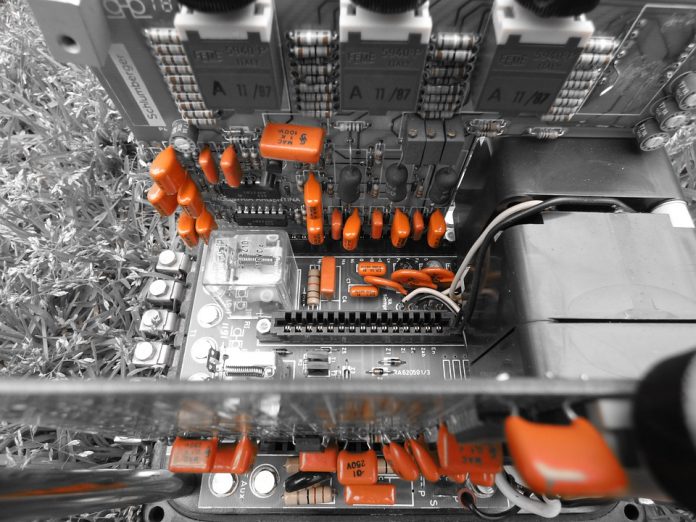The increasing visibility of electronics devices, the growing need for smaller, thinner components able to cope with extreme conditions and the rising demand for products with increased functionality, are spurring growth in the global electronics components market. BCC Research projects the market to reach nearly 6.1 billion pounds in 2022 from 4.2 billion pounds in 2017, demonstrating a 7.7% CAGR.
Plastics in Electronics Components: Technologies and Global Markets reports that plastics consumption in electronics components has been growing at rates well above the growth in gross domestic product for many years. Electronics products have invaded virtually all areas of our personal and business lives, and their levels of sophistication continue to increase. A number of electronics in automobile control, driver assist, and infotainment systems is rising rapidly. Cloud computing is carried out on a massive scale, and now the Internet of Everything is connecting devices as well as people.
The electronics industry is a major user of high-performance thermoplastic and thermosetting polymers. Almost every type of engineering thermoplastic (ETP) is used in one type of electronics component or another, although standard nylons (polyamides) and thermoplastic polyesters (generally polybutylene terephthalate) are by far the two dominant polymer families, especially among connectors, which account for the lion’s share of total business in electronics components. As the use of electronics devices extends into more aspects of our working lives and leisure activities, the consumption of engineering thermoplastics in this sector will continue to grow.
Research Highlights
- Epoxy resins continue to dominate within the family of thermosetting resins because of their exclusive use of rigid printed circuit boards (PCBs) and also in encapsulation.
- As products become thinner and lighter (although, in a somewhat contrary move, the screens on some smartphones have grown larger), companies are simplifying and speeding production while designers are reducing the total number of parts.
- Electronics companies are pursuing more “environment-friendly” materials, including plastics that are easy to recycle and that contain no halogens or heavy metals.
“Global semiconductor sales increased 1.1% in 2016 to reach $339 billion, their highest annual level ever,” said BCC Research analyst and senior editor Andrew McWilliams, who authored the report. “The two market segments enjoying the strongest growth were DRAM and light-emitting diodes. Intel, Samsung, Qualcomm, SK Hynix and Broadcom round out the top five global semiconductor producer companies.”
Editors and reporters who wish to speak with the analyst should contact Steven Cumming at steven.cumming@bccresearch.com.








